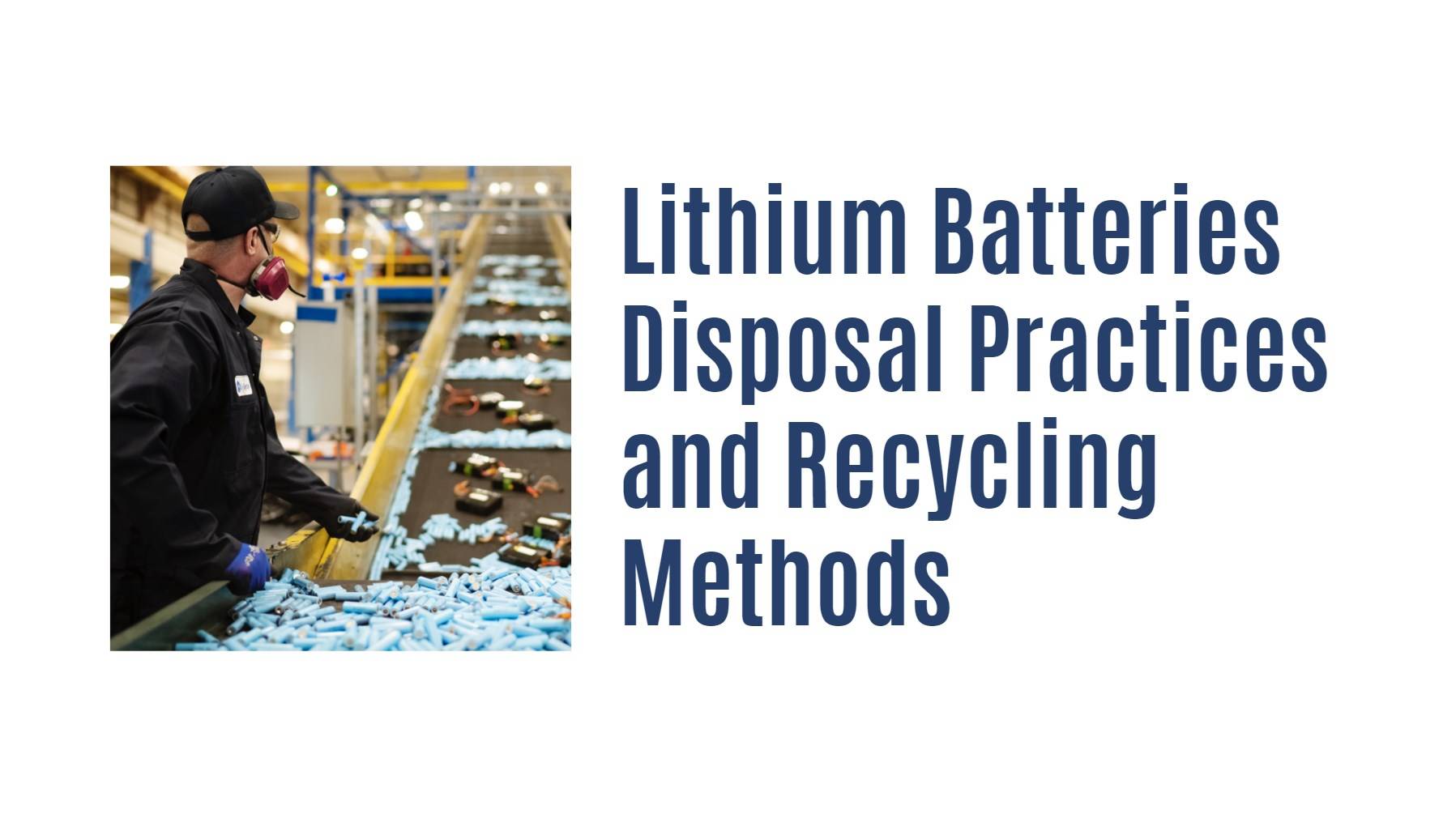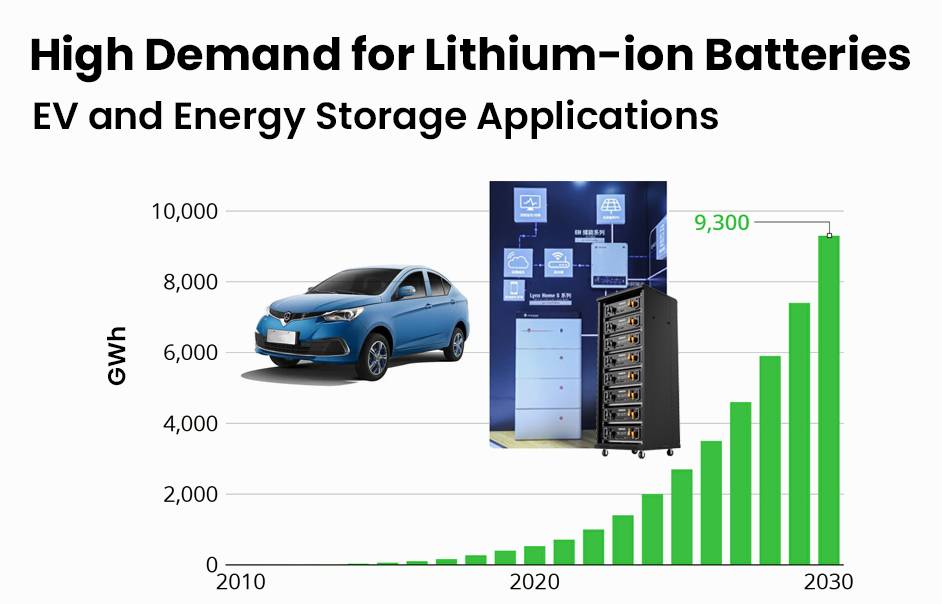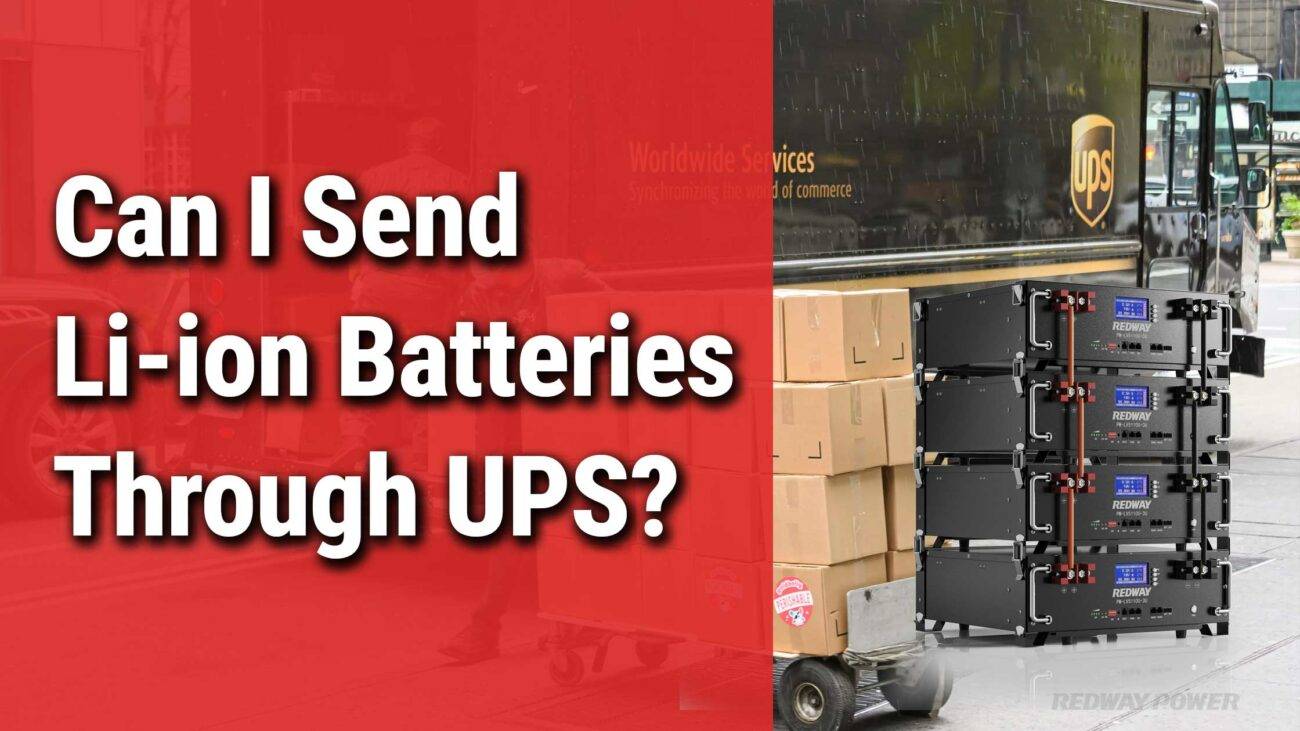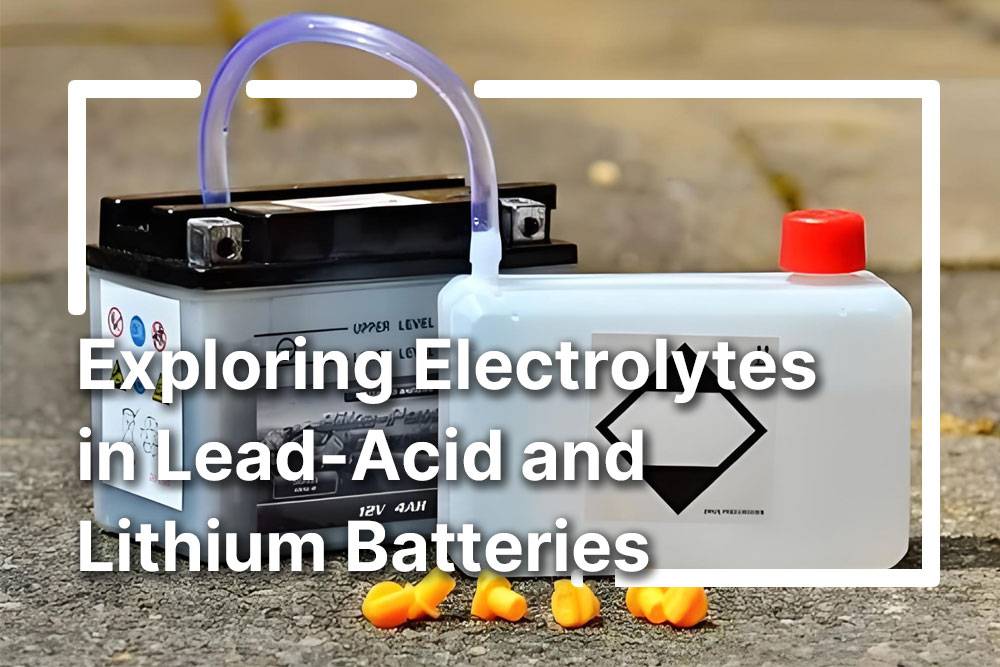- Forklift Lithium Battery
-
48V
- 48V 210Ah
- 48V 300Ah
- 48V 420Ah (949 x 349 x 569 mm)
- 48V 420Ah (950 x 421 x 450 mm)
- 48V 456Ah
- 48V 460Ah (830 x 630 x 590 mm)
- 48V 460Ah (950 x 421 x 450 mm)
- 48V 460Ah (800 x 630 x 600 mm)
- 48V 460Ah (820 x 660 x 470 mm)
- 48V 500Ah
- 48V 560Ah (810 x 630 x 600 mm)
- 48V 560Ah (950 x 592 x 450 mm)
- 48V 600Ah
- 48V 630Ah
-
48V
- Lithium Golf Cart Battery
- 12V Lithium Battery
12V 150Ah Lithium RV Battery
Bluetooth App | BCI Group 31
LiFePO4 Lithium
Discharge Temperature -20°C ~ 65°C
Fast Charger 14.6V 50A
Solar MPPT Charging - 24V Lithium Battery
- 36V Lithium Battery
- 48V Lithium Battery
-
48V LiFePO4 Battery
- 48V 50Ah
- 48V 50Ah (for Golf Carts)
- 48V 60Ah (8D)
- 48V 100Ah (8D)
- 48V 100Ah
- 48V 100Ah (Discharge 100A for Golf Carts)
- 48V 100Ah (Discharge 150A for Golf Carts)
- 48V 100Ah (Discharge 200A for Golf Carts)
- 48V 150Ah (for Golf Carts)
- 48V 160Ah (Discharge 100A for Golf Carts)
- 48V 160Ah (Discharge 160A for Golf Carts)
-
48V LiFePO4 Battery
- 60V Lithium Battery
-
60V LiFePO4 Battery
- 60V 20Ah
- 60V 30Ah
- 60V 50Ah
- 60V 50Ah (Small Size / Side Terminal)
- 60V 100Ah (for Electric Motocycle, Electric Scooter, LSV, AGV)
- 60V 100Ah (for Forklift, AGV, Electric Scooter, Sweeper)
- 60V 150Ah (E-Motocycle / E-Scooter / E-Tricycle / Tour LSV)
- 60V 200Ah (for Forklift, AGV, Electric Scooter, Sweeper)
-
60V LiFePO4 Battery
- 72V~96V Lithium Battery
- Rack-mounted Lithium Battery
- E-Bike Battery
- All-in-One Home-ESS
- Wall-mount Battery ESS
-
Home-ESS Lithium Battery PowerWall
- 24V 100Ah 2.4kWh PW24100-S PowerWall
- 48V 50Ah 2.4kWh PW4850-S PowerWall
- 48V 50Ah 2.56kWh PW5150-S PowerWall
- 48V 100Ah 5.12kWh PW51100-F PowerWall (IP65)
- 48V 100Ah 5.12kWh PW51100-S PowerWall
- 48V 100Ah 5.12kWh PW51100-H PowerWall
- 48V 200Ah 10kWh PW51200-H PowerWall
- 48V 300Ah 15kWh PW51300-H PowerWall
PowerWall 51.2V 100Ah LiFePO4 Lithium Battery
Highly popular in Asia and Eastern Europe.
CE Certification | Home-ESS -
Home-ESS Lithium Battery PowerWall
- Portable Power Stations
What Are the Best Practices for Lithium Battery Disposal and Recycling?

Proper disposal and recycling of lithium batteries are essential to mitigate environmental impacts and recover valuable materials. Current practices focus on safe collection, sorting, and recycling methods that can reclaim metals like lithium, cobalt, and nickel. Understanding these practices can help consumers and businesses make informed decisions about battery disposal.
What Are the Current Practices for Lithium Battery Disposal?
Lithium batteries should never be disposed of in regular trash due to their hazardous materials. Instead, they should be taken to designated recycling centers or collection points. Many municipalities offer battery recycling programs, while retailers often provide drop-off locations. Proper disposal minimizes environmental risks associated with battery leakage and fires.
| Disposal Method | Description |
|---|---|
| Municipal Programs | Local initiatives for battery collection |
| Retail Drop-Off | Stores providing recycling bins for batteries |
| Mail-In Programs | Services allowing consumers to send batteries for recycling |
How Is Lithium Battery Recycling Conducted?
The lithium battery recycling process involves several key steps:
- Collection: Batteries are gathered from various sources.
- Sorting: Batteries are sorted based on chemistry and condition.
- Processing: The batteries are dismantled, and materials are extracted.
- Further Processing: Recovered materials are refined for reuse.
This structured approach ensures that valuable materials are efficiently recovered while minimizing environmental impact.
What Are the Main Recycling Methods for Lithium Batteries?
The primary methods of lithium battery recycling include:
- Hydrometallurgy: Involves using acids to leach metals from spent batteries.
- Pyrometallurgy: Uses high temperatures to melt batteries and recover metals.
- Direct Recycling: Focuses on reusing battery components without extensive processing.
Each method has its advantages and disadvantages, impacting efficiency, cost, and environmental outcomes.
| Method | Advantages | Disadvantages |
|---|---|---|
| Hydrometallurgy | Lower energy consumption | Generates hazardous waste |
| Pyrometallurgy | High recovery rates | High energy consumption |
| Direct Recycling | Preserves material integrity | Still in development |
Why Is Proper Disposal Important for Lithium Batteries?
Proper disposal is crucial because lithium batteries contain toxic materials that can harm the environment if not handled correctly. Improper disposal can lead to soil and water contamination, as well as fire hazards in landfills. By recycling batteries, we can reduce these risks and promote sustainability through resource recovery.
Which Materials Can Be Recovered from Lithium Batteries?
Lithium battery recycling can recover several valuable materials:
- Lithium: Essential for new battery production.
- Cobalt: Used in various electronics.
- Nickel: Important for high-capacity batteries.
- Graphite: Commonly used in anodes.
Recovering these materials reduces the need for mining new resources, which is often environmentally damaging.
How Do Traditional and New Recycling Methods Compare?
Traditional methods like hydrometallurgy and pyrometallurgy have been effective but come with significant environmental costs. Newer methods, such as the Battery Recycling and Water Splitting (BRAWS) technology developed by Ames Lab, utilize water and carbon dioxide to recover lithium without harmful chemicals or high heat. This innovation demonstrates a more sustainable approach to battery recycling.
| Method | Environmental Impact | Efficiency |
|---|---|---|
| Traditional Methods | Higher waste generation | Varies |
| BRAWS Technology | Minimal waste; uses eco-friendly processes | Higher lithium recovery rates |
Can You Substitute One Recycling Method for Another?
While some methods can be used interchangeably depending on the specific circumstances, each method has unique advantages that make it suitable for particular types of batteries or conditions. For example, direct recycling may be preferred when preserving cathode structures is critical, while hydrometallurgy might be used for a broader range of battery chemistries.
Tips for Battery Wholesale Buyers
When sourcing lithium batteries, it’s vital to work with manufacturers committed to sustainable practices. Redway Power, a reputable lithium battery manufacturer with over 13 years of experience, provides high-quality products along with guidance on proper disposal and recycling options. Ensure you inquire about their recycling partnerships and sustainability initiatives when placing OEM orders.
Redway Power Expert Views
“Recycling lithium batteries is not just about compliance; it’s about responsibility towards our environment,” states an expert from Redway Power. “Innovative technologies like BRAWS represent a significant step forward in making battery recycling more efficient and environmentally friendly. As we move towards a more sustainable future, embracing these advancements will be crucial.”
FAQ Section
- What should I do with old lithium batteries?
Old lithium batteries should be taken to designated recycling centers or collection points rather than thrown away in regular trash. - How are lithium-ion batteries recycled?
Lithium-ion batteries are collected, sorted by chemistry, processed to extract valuable materials, and then further refined for reuse. - What materials can be recovered from recycled lithium batteries?
Recycled lithium batteries can yield valuable materials such as lithium, cobalt, nickel, and graphite.

























